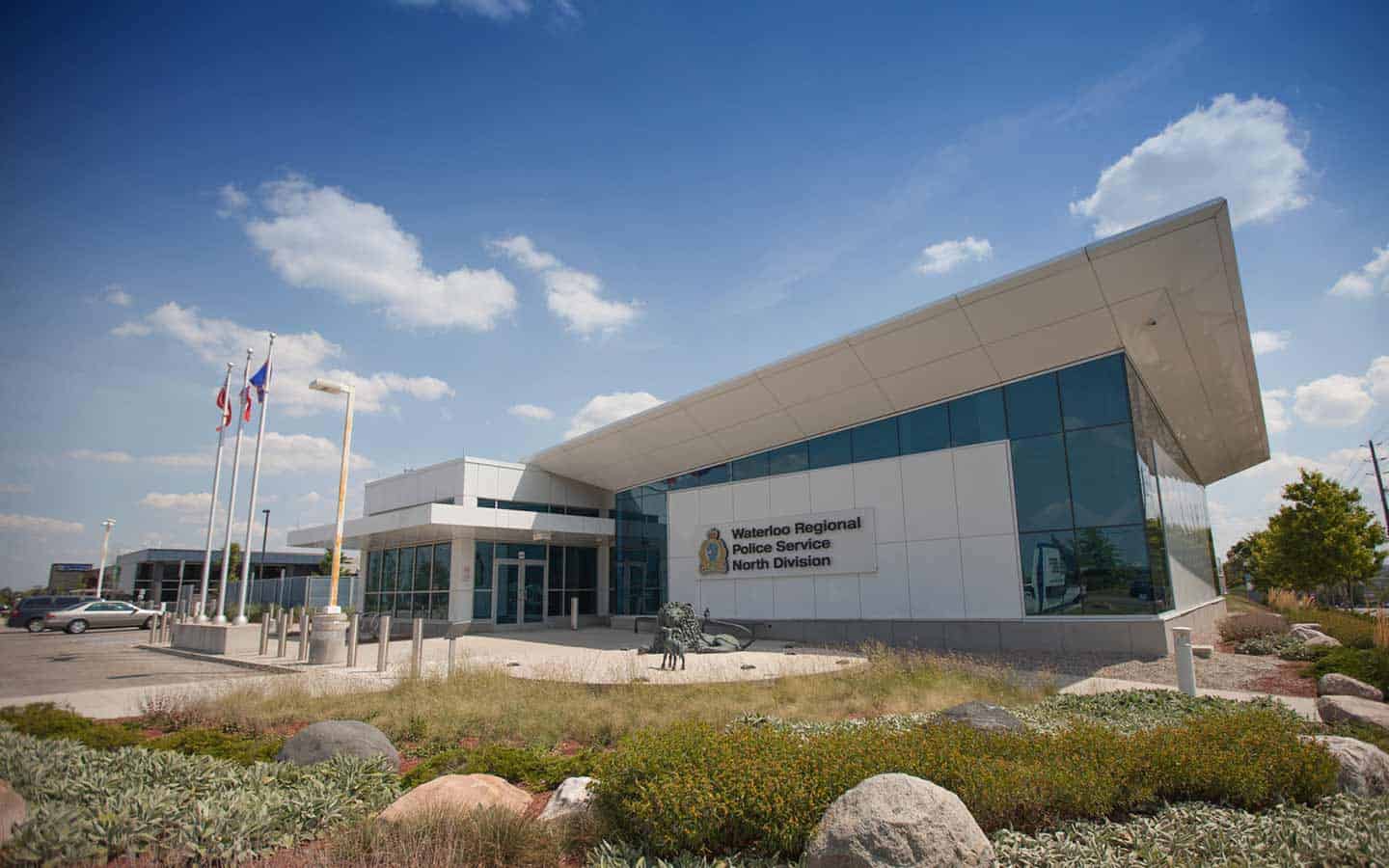In the midst of planning for what will be its most expensive paving program to date in 2022, Woolwich is wrapping up this year’s road reconstruction season as November winds down.
Projects such as the major reconstruction of Union Street are just wrapping up, while the likes of the Glasgow Street bridge are ongoing. They were part of some $16 million in capital projects this year, the most ever, with $18 million pencilled in for next year’s budget.
Though there is still some work outstanding, the township’s “aggressive capital program” has gone smoothly this year, says director of infrastructure services Jared Puppe.
“Our paving program is the largest paving program the township has ever implemented, and it has gone very well. We’re very happy with the program. We are winding down now, we’re just into some of the restoration stuff – all the roadways are paved,” he said, adding “we will be under budget with that program.”
All of the paving work was completed this year as scheduled, which isn’t always the case.
“Capital programs always look great on paper, it just takes a couple of issues out in the field – dealing with a challenging contract or weather, for example – to become a vortex of time that can start to derail your entire program,” said Puppe. “There won’t be any carryover work on our paving program. That’s excellent, because that really hurts us.”
Along with the $4-million Union Street reconstruction, the township carried out paving projects on Chilligo Road (from Vance to Lerch roads), Menno Street (from 600m east of Lonsdale Road to Shantz Station Road), St. Charles Street East (from Notre Dame Avenue to Crowsfoot Road) and Woolwich-Guelph Townline (from Highway 7 to Chilligo Road). There was also new pavement for Hill Street (from Northfield Drive to Covered Bridge Road) and William Street in Elmira.
Paving was carried out on Glasgow Street in Conestogo in the area of the bridge, which is now being converted to carry just one-way traffic, part of an effort to reduce the load on the structure. Built in 1886, the pratt truss structure is unique in the region. But it’s been closed and repaired on numerous occasions in the past decade or so, prompting an environmental assessment process that led to a decision to rehabilitate it.
This year’s paving work involved a roundabout on the south side – the Waterloo-side approach – of the bridge.
“We are going to convert that bridge into a one-way bridge. You won’t be allowed to get back in on that one-way stretch, so we’ve installed a roundabout that I think looks really good, fits in very nicely,” said Puppe. “There’s some parking, because we appreciate that it is a bit of a spot people like to go maybe and hang out by the river or do some fishing down there. We thought it would make sense to at least build something people could park along.”









